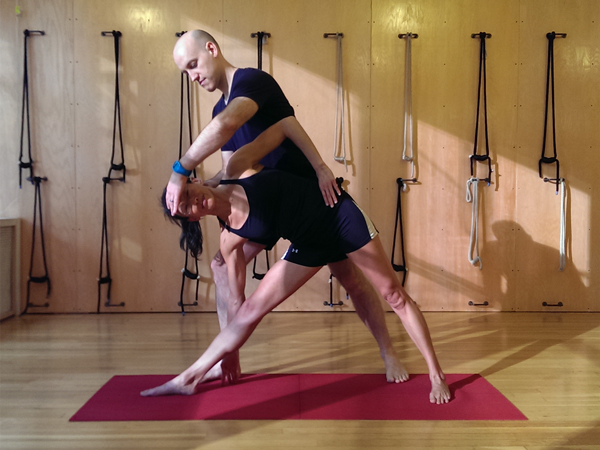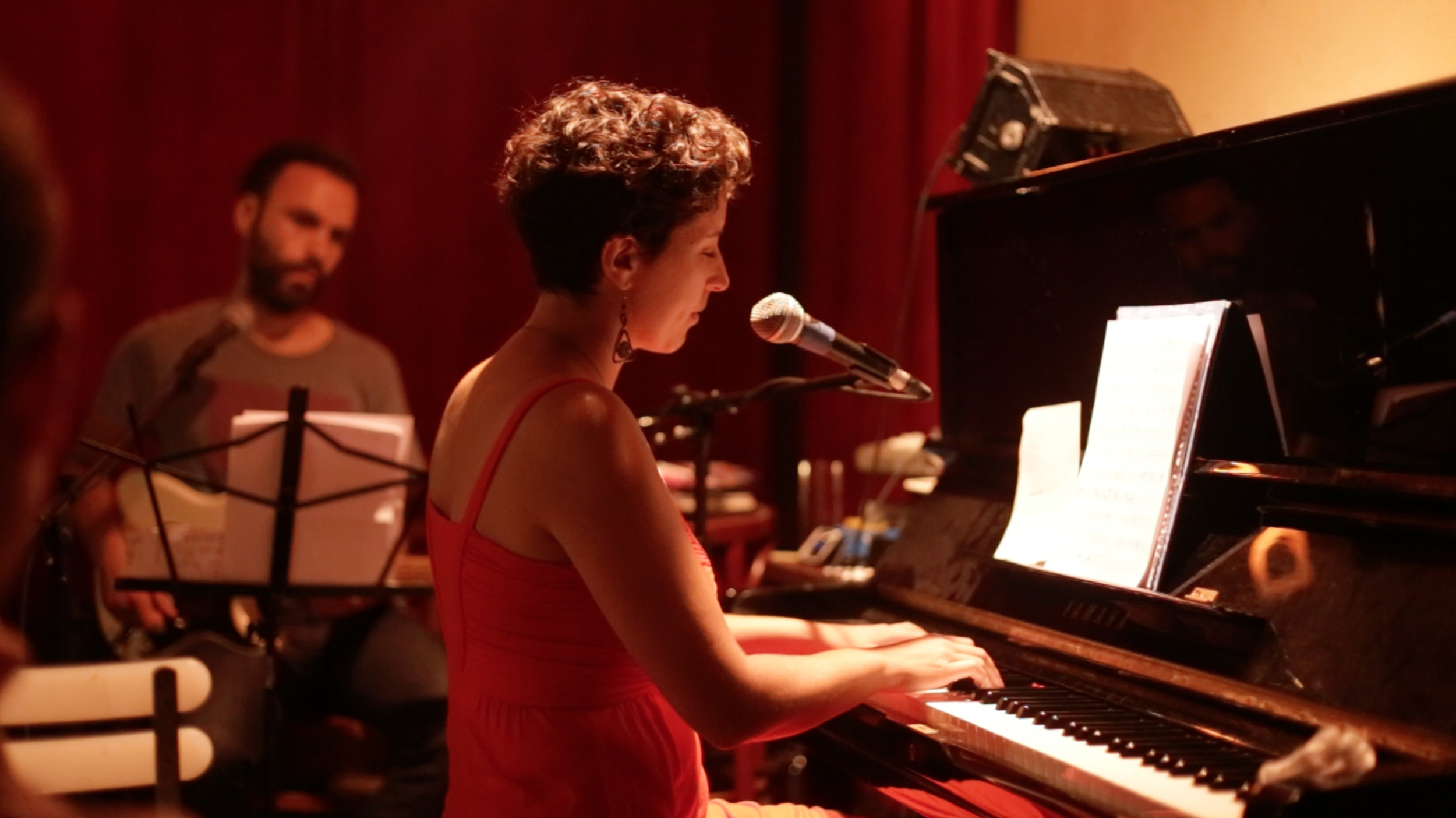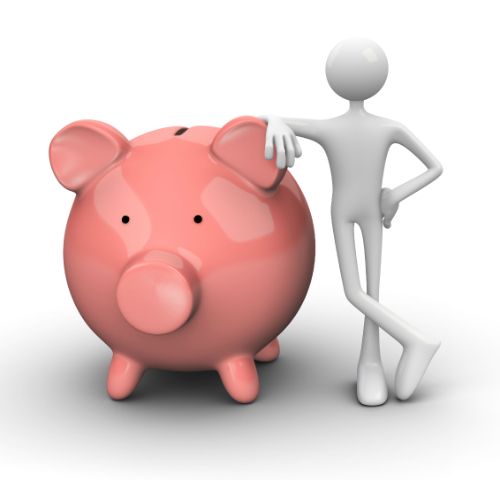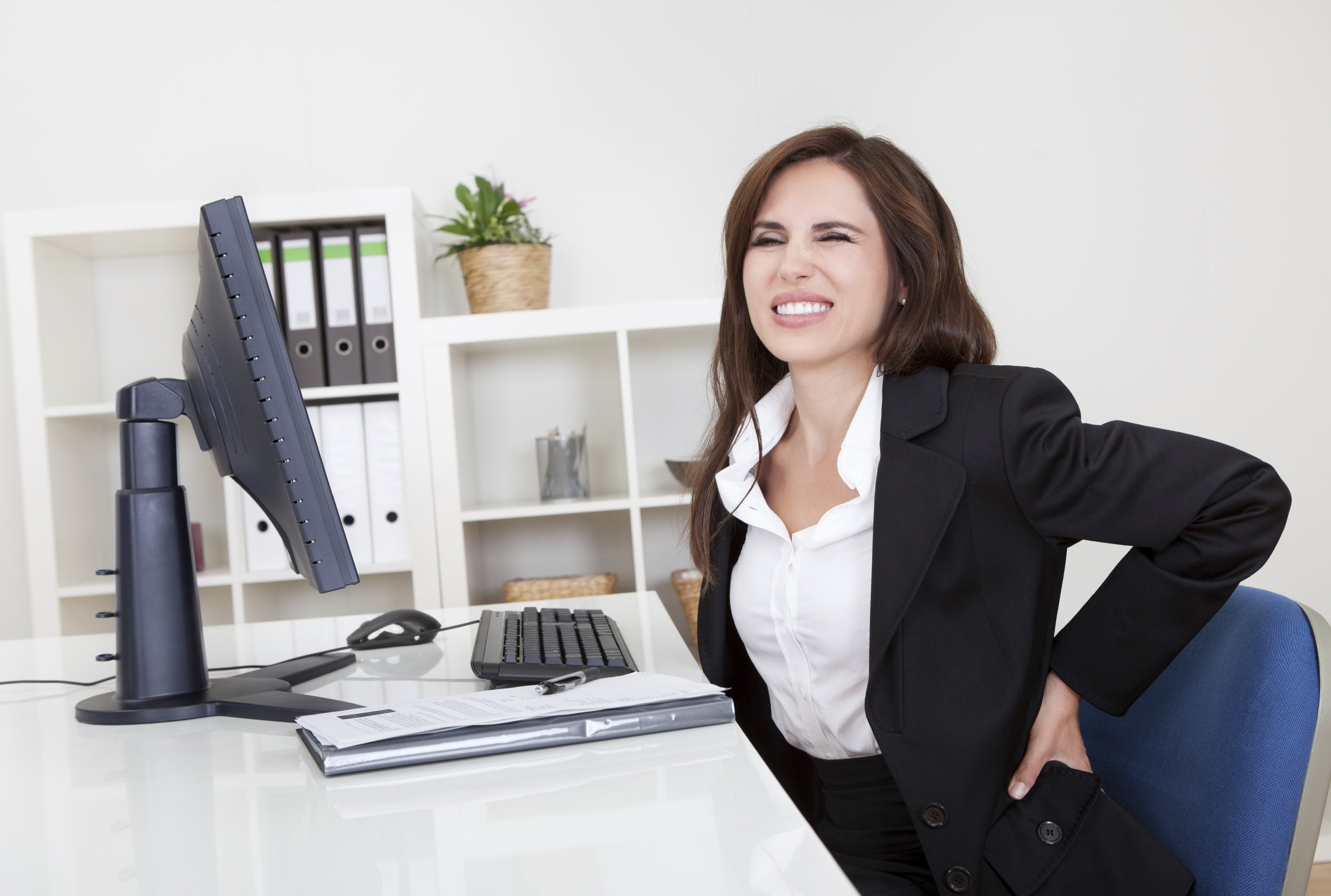 by Witold Fitz-Simon
Yoga teachers giving adjustments has become a controversial issue in the yoga community. Classic yoga adjustments tend to be strong, manipulative and often invasive, with the teacher sometimes applying considerable force to push a student deeper into a stretch, or to get the student’s arms and legs into a particular position. If such an adjustment is given skillfully, the effects can be positive. Often, however, teachers yank and crank on the student’s body in such a way that can potentially cause injury. It has gotten to point where some studios offer “consent cards” that students lay on their mats to let the teacher know whether or not they are willing to be manipulated in such a way. One company has even started marketing very attractive wooden chips that you can take with you to any studio to let the teacher know your preference.
by Witold Fitz-Simon
Yoga teachers giving adjustments has become a controversial issue in the yoga community. Classic yoga adjustments tend to be strong, manipulative and often invasive, with the teacher sometimes applying considerable force to push a student deeper into a stretch, or to get the student’s arms and legs into a particular position. If such an adjustment is given skillfully, the effects can be positive. Often, however, teachers yank and crank on the student’s body in such a way that can potentially cause injury. It has gotten to point where some studios offer “consent cards” that students lay on their mats to let the teacher know whether or not they are willing to be manipulated in such a way. One company has even started marketing very attractive wooden chips that you can take with you to any studio to let the teacher know your preference.
Injury in yoga—whether self- or teacher-inflicted—has become the current hot-button issue amongst those who love the practice. Even if the potential for injury were not in question, the way a teacher lays hands on a student can make a huge difference, for better and for worse. There a few different reasons why a teacher might give a student an adjustment. Amongst them are:
- To take a student deeper into a stretch (e.g.: pressing their back down in a forward bend)
- To arrange a body part to better fit an anatomical ideal (e.g.: outwardly rotating their upper arm bones and bringing their shoulder blades down their back)
- To help a student get closer to the classic shape of a pose (e.g.: bringing hands together to achieve binding of the arms in a twist)
Such adjustments come from a misplaced value system where the shape of the pose is more important than the experience of the body doing the pose, where more range of motion throughout the body is always better, where more extreme contortion is an indicator of progress along the path. In this way of thinking, the resistances of the body must be overcome by the force the teacher applies. The student’s body must be made to conform to an arbitrary geometry imposed on the student by the teacher’s eye. This is an unsubtle and forceful way of thinking that will not necessarily have the effect the teacher intended.
From the perspective of the Alexander Technique, the root cause of the problem comes from something called “End-Gaining.” This is a particular way of thinking—one of which we are all guilty—where we put the desired end or goal first and focus all our efforts on achieving this goal. The opposite of this would be one where we are attending more to the means whereby we achieve the goal. It is this “means-whereby” which becomes the important thing, regardless of whether the goal is ever achieved. In the Alexander Technique, this type of approach is called “Non-Doing."
Part of this “means-whereby” you might achieve something such as a yoga pose is an attention to the way the body is organized internally. F. M. Alexander, founder of the Technique, discovered that the relationship of the head, neck and back governs the functioning of the body as a whole for better or for worse. If that relationship is well-organized, we are stronger, more balanced and better integrated in the way we move. If it is not, we are weaker, stiffer, tighter.
The primary focus of a yoga teacher working with these principles becomes creating the best organization of the head, neck and back of the student in any given pose or transition. If the student can be more organized in this way, their bodies will be better able to negotiate the demands of a pose, creating balanced and functional strength and mobility. A teacher working in this way will not only be less likely to cause injury, they will be more likely to create conditions of lasting and significant change in their students.
This post originally appeared on Witold Fitz-Simon's blog.
[author] [author_image timthumb='on']http://www.acatnyc.org/main/wp-content/uploads/2014/01/After-crop1.jpg[/author_image] [author_info]WITOLD FITZ-SIMON has been a student of the Alexander Technique since 2007. He is certified to teach the Technique as a graduate of the American Center for the Alexander Technique’s 1,600-hour, three year training program. A student of yoga since 1993 and a teacher of yoga since 2000, Witold combines his extensive knowledge of the body and its use into intelligent and practical instruction designed to help his students free themselves of ineffective and damaging habits of body, mind and being. www.mindbodyandbeing.com[/author_info] [/author]

 By Mariel Berger
[Many thanks to my Alexander Technique teacher, Witold Fitz-Simon, and my Alexander Technique Psychologist, Jane Dorlester]
By Mariel Berger
[Many thanks to my Alexander Technique teacher, Witold Fitz-Simon, and my Alexander Technique Psychologist, Jane Dorlester]
 by Witold Fitz-Simon
In genre fiction, movies and TV, there is a type of story known as the procedural. The classic version of this type of story is the Police Procedural, best exemplified by the TV show “Law & Order.” The crime is committed and the detective is on the case, using forensics to search out cues, canvassing the neighborhood for potential witnesses and piecing together the truth. A good police procedural can be riveting. Each clue uncovered, each witness questioned can build up to a fascinating portrait of passion, of greed, of intrigue. The Alexander Technique can make your mundane daily routine just as interesting, even without the drama!
by Witold Fitz-Simon
In genre fiction, movies and TV, there is a type of story known as the procedural. The classic version of this type of story is the Police Procedural, best exemplified by the TV show “Law & Order.” The crime is committed and the detective is on the case, using forensics to search out cues, canvassing the neighborhood for potential witnesses and piecing together the truth. A good police procedural can be riveting. Each clue uncovered, each witness questioned can build up to a fascinating portrait of passion, of greed, of intrigue. The Alexander Technique can make your mundane daily routine just as interesting, even without the drama! by Brooke Lieb
Meade Andrews will be offering a two-weekend program on the Art of Group Teaching. Teachers and Third Year Trainees can register for one or both weekends. Click
by Brooke Lieb
Meade Andrews will be offering a two-weekend program on the Art of Group Teaching. Teachers and Third Year Trainees can register for one or both weekends. Click  by Jeffrey Glazer
Recently, I realized that it’s been years since I’ve spent a dime on efforts to get myself out of pain.
by Jeffrey Glazer
Recently, I realized that it’s been years since I’ve spent a dime on efforts to get myself out of pain. by Witold Fitz-Simon
ACAT’s 9th Annual Summer Intensive takes place July 13 - 17, 2015. There are still a few spaces left, for more information and to register, visit our
by Witold Fitz-Simon
ACAT’s 9th Annual Summer Intensive takes place July 13 - 17, 2015. There are still a few spaces left, for more information and to register, visit our 
 by Jeffrey Glazer
by Jeffrey Glazer by Dan Cayer
I’m not against correcting our posture or body on principle. I wish all it took to rid ourselves of chronic pain and tension was figuring the right angle or position, and tapping our body into place. It’s such a seductive offer; that we need only arrange our body and then get on with the rest of our day.
by Dan Cayer
I’m not against correcting our posture or body on principle. I wish all it took to rid ourselves of chronic pain and tension was figuring the right angle or position, and tapping our body into place. It’s such a seductive offer; that we need only arrange our body and then get on with the rest of our day. by Witold Fitz-Simon
by Witold Fitz-Simon by John Austin
There have been
by John Austin
There have been  by Brooke Lieb
I have always taken having good balance for granted. Since I was a small child, standing on one leg, walking along a balance beam and other activities that require balance on one leg have been easy for me. In ballet class, I could go up on demi-pointe on one foot and stay easily balanced for an indefinite amount of time. I have come to appreciate this is due in no small part to the luck of the genetic lottery. I’ve had my share of near misses, and the occasional tumble, and as the years progress, I can tell my Alexander training has given me better balance and coordination, even if I started off fairly well to begin with.
by Brooke Lieb
I have always taken having good balance for granted. Since I was a small child, standing on one leg, walking along a balance beam and other activities that require balance on one leg have been easy for me. In ballet class, I could go up on demi-pointe on one foot and stay easily balanced for an indefinite amount of time. I have come to appreciate this is due in no small part to the luck of the genetic lottery. I’ve had my share of near misses, and the occasional tumble, and as the years progress, I can tell my Alexander training has given me better balance and coordination, even if I started off fairly well to begin with. by Brooke Lieb
As part of
by Brooke Lieb
As part of